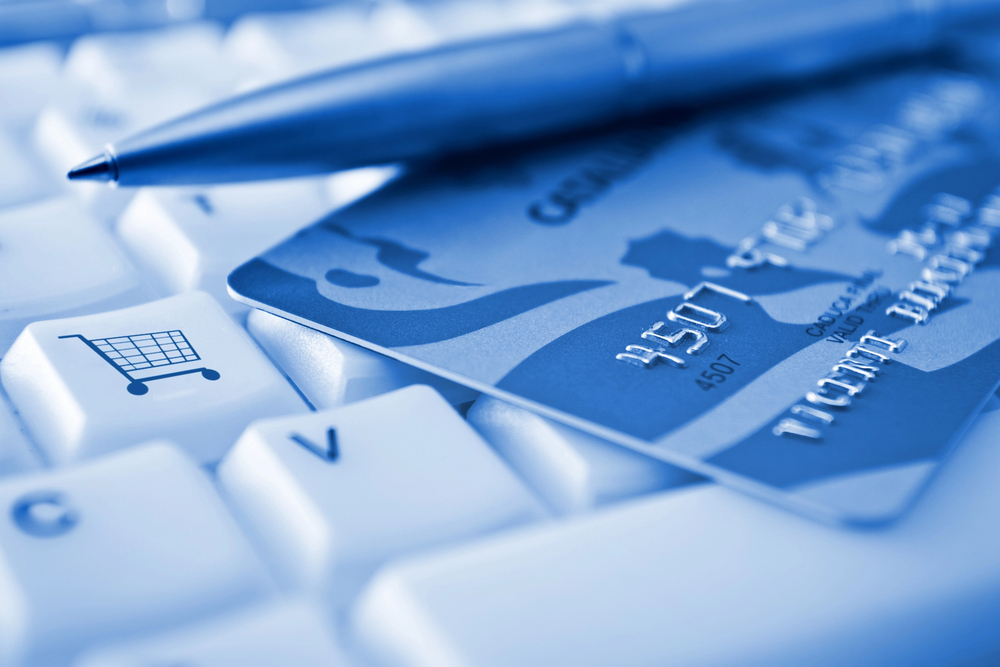
How US-based Websites Can Accept Credit Card Payments in Europe
May 11, 2021 2 minute read
Gaining traction in the European market is essential for the growth of any global brand. Having a credit card payments processor that accepts international payments is a fundamental asset for your online business. Between local currencies, foreign transaction fees, and exchange rates, there are several aspects of which your e-commerce store needs to maintain awareness all times. And this is only after you’ve found a payment service that accepts global payments without breaching service agreements.
Here, we will outline what you need to operate as a US retailer in Europe successfully, helping you scale your large, medium, or small business across the globe to unprecedented levels of success.
Accepting Credit Card Payments in Local European Currencies
Customers in Europe, just like those in the US, are seeking convenience when making online purchases. Credit cards are a convenient option for consumers across the world, giving them the freedom to make purchases anywhere Visa, MasterCard, Discover, and American Express (or whatever local card they may hold) is accepted. US-based online storefronts accept these payment methods but often only display USD, no EUR.
This discrepancy may deter some but not all. The bigger issue is the fees that are charged to the customer when making their purchase. Their issuing bank will likely charge an international transaction fee and use a relatively high currency conversion rate. This could lead to cancellations, chargebacks, and a significant decrease in international sales.
Often enough, consumers want to avoid these two extra charges, but there are very few ways to do so. Many times, they will leave your store to find the same or similar product sold in their own currency elsewhere. What can you do about it?
Use a Processor That Works in Europe, Locally or Internationally
Using an online payment processing service that accepts local currencies, or euros at the very least, will keep consumers on your site and your profits rising. Luckily, the euro is fairly universal for the European continent, so it’s a great first step to getting your foot in the door. You’ll need a credit card processor that accepts local currencies in Europe with exchange rate and transaction rates that don’t hurt your bottom line.
PayPal is often used for international purchases and sales as it makes online transactions easy on both ends. However, there are noticeable downsides to using PayPal in multiple markets. For consumers, the exchange rate is incredibly high. When consumers see this, they may be deterred from making purchases from you now and in the future. For businesses, especially high-risk businesses, PayPal charges insanely high fees and can refuse service altogether. There are better ways to accept payments that keep costs down without downgrading the experience and protecting yourself against chargebacks.
For businesses whose sales volume exceeds $100K per month in an international region, it might be worth considering opening a local EU operation. Credit card issuers and local banks in European countries convert transactions better than international bank accounts, so operating locally would reduce fees and increase conversions.
On the other hand, if volume is lower, then you can speak with your current provider about installing a simple plugin that allows for cross-border payments or dynamic currency conversion similar to the service offered by Paypal or Stripe. This would also avoid exchange rates from various currencies to your local currency USD.
Companies like DirectPayNet use international connections and payment processors to allow your business to accept international credit card payments with low fees and without opening additional e-commerce storefronts.
Utilize Methods to Ensure Brand Presence in Europe
Using a checkout system that accepts international or local currency credit card transactions is not the only hurdle when operating a US-based business outside the continent. Other methods that ensure your presence and profitability in other markets involve changes to your website as well as acceptance of alternative payment methods. For example, in Germany, SEPA payments are quite popular whereas Spain and the United Kingdom have several debit card options that are widely used.
Find Your Audience
The customers you have in the US or North America may not behave the same way as those in Europe. Do some audience research and find the demographics—especially location-wise—that your brand appeals to most.
The first benefit is expected: you’ll make more sales because you can target potential customers better increasing your market share. Understanding your audience is one of the most indispensable advantages of owning a business that deeply affects each department within your company. From marketing and design to pricing and payment methods.
The second benefit is using that data to operate in a specific market within the European Continent. When you know that you have a large following or high potential in Germany and The Netherlands but very little in Iceland and Spain, then you can use that information towards location-specific credit card acceptance. Whether that means partnering with a payment service from that region using one that accepts the region’s local currency, audience data will boost scalability.
Translate your Website
Though English is a universal language, it may not be the best language to use to penetrate a local European market. That’s especially true if you are planning to operate in a specific European country or region. In that case, you will want to have your website translated.
A translated website increases conversions. You don’t appear as a foreign entity to the locals, instead you appear as a company with global reach and regional understanding. Your website resonates better when it’s written in the language spoken by the people using it.
It also helps you avoid any confusion with terms of service, product descriptions, refund policies, and more. Consumers will understand your brand better if they can experience it in their native tongue.
Allow Other Payment Methods
When first tapping into markets in Europe, credit cards should be your priority. But don’t assume that it’s a widely used format or that cardholders are within your target audience. Research shows that credit cards are not always the most widely used method for making payments across the continent. Many European customers still prefer to use cash when possible. We understand that type of payment is not possible when running an online-only store, but the information is still insightful as to what types of payments you should accept or prioritize. You may consider COD (Cash-on-Demand) when possible
If your store will operate in several countries across Europe, then focus on credit cards: using local banks if possible, asking your merchant account representative to investigate partner banks with lower fees, and accepting local currencies on your payment gateway. If you are planning to operate in just one or two European countries, then research which payment types are used most often. You may want to allow credit cards as a solid backup payment solution but focus more on bank transfers (via SEPA), debit cards, direct debits, wire transfers, or e-wallets.
Merchant Accounts Allow Your Business to Scale in Europe while Staying Secure and Accepting Local Currencies with a Focus on Your Bottom Line
Your bottom line is what matters. Using a payment method that has minimal fees while maximizing positive impact on your bottom line is the best way to scale in a new market. DirectPayNet works directly with several banks to allow international sales. We can help you set up locally within the EU as well as ensure functionality with local currencies on your US-based site. This minimizes processing and currency exchange fees for both you and your customer. We achieve this through our highly secure payment gateway that’s designed for ease-of-use on the consumer-side and alteration on the developer side, so you can add and remove currencies as you need.
Contact our expert team of customer service representatives today and we’ll get you set up with a payment gateway that accepts all major credit cards, currencies, and payment types. Scale your business and prove your global authority with DirectPayNet.




